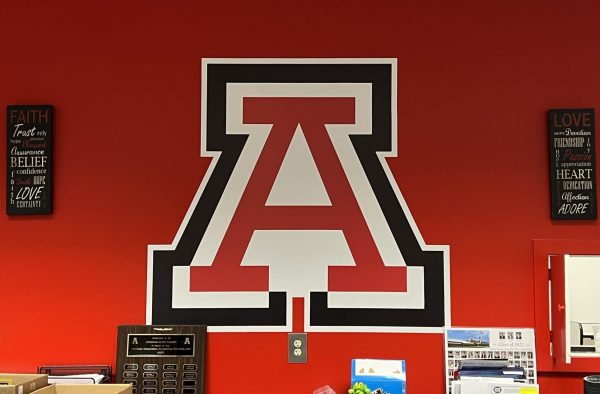Class size matters
May 4, 2016
Students remain the same; however, the class sizes are getting dramatically larger as time continues. Many believe that class size doesn’t matter throughout a child’s education. Statistics show that it truly does have a great impact on a student’s learning, engagement, and possibly the higher education institutions they choose to attend after graduating. Calmes and Groves conducted a study on class size and the way it affects students. In their study they concluded that, “the amount of students in a class can affect a student by an amount equivalent to about 3 additional months of schooling four years later”. Heather Colvin, a second grade teacher from Plain City Elementary said, “A larger class size is more difficult to teach.” Colvin is not the only person that believes in the benefits of smaller class sizes. Many staff members and students agree with what Colvin said. Larger class sizes are restricting teachers when it comes to the amount they can teach as well as the quality of teaching they are able to produce. Students placed in large classes are consequently missing out on material that they would otherwise have access to.
Maintaining a high level of engagement in a large class is very challenging for a teacher. The large class size makes it nearly impossible to give each student the one-on-one time and teacher student relationship they deserve. The teacher is also restricted in creating lessons and materials that are designed in a way that is most beneficial to each individual student. Teachers typically evaluate different learning styles in the classroom; however, with large classes, it is difficult to utilize each individual learning style to create the most effective lessons. Colvin said, “Larger class sizes take away from the amount of small groups and one-on-one time to work with each student.” A large class size may make a student feel as though they are disliked or unimportant when in reality, the teacher has too many kids to manage and tend to. It’s very challenging and difficult for a teacher to keep large classes engaged in lessons that they are teaching. Writer from The Seattle Times newspaper John Higgins said, “Teachers give students better, more-tailored instruction in smaller classes and students behave better and pay more attention in smaller groups.” Students in a larger class environment are able to get away with things that are not beneficial to their learning. Students in a smaller class tend to be more cooperative when it comes to following rules and participating in the learning that is supposed to be taking place. The teacher is able to manage the classroom in a more cooperative and structured manner.
Although people think that choosing a large institution after graduation isn’t going to impact their learning, studies have shown that, contrary to our beliefs, it does change learning outcomes. Studies have shown “smaller class sizes have been linked to everything from higher test scores and graduation rates to lower teen pregnancy rates,” (Anderson, 2015). Delaney Geitgy, a senior at Jonathan Alder High School, agrees that a smaller class environment can change a lot. She said, “I choose Ohio University because the Honors Tutorial College (HTC) is one of the best honors programs in the entire country and the professors truly care about the best interests of the students.” The student to teacher ratio at Ohio University for a standard class is eighteen to one but for Geitgy, her student to teacher ratio is one to one. This helped her narrow her choices down from fifteen colleges to one. Geitgy also stated that “the small class size in HTC is important to me because I love asking questions. Knowing that teachers are available and want to help me learn is a great feeling. I love knowing that I will get to work directly with professors who take an interest in me and my education, rather than just sitting in a huge lecture hall.”
It is very clear that teachers, students, and the school as a whole can benefit from maintaining a low number of students in each class. If we continue to fill our classes to capacity and beyond, the students, teachers, and school district as a whole will suffer the consequences. Jonathan Alder is one one of the best schools in the area; however, I would hate to see the rating and value of the education and learning that takes place in this school to suffer because of something that is in our control. This issue is not only present in the high school, but in the elementary, middle school and junior high as well. Students, teachers, administration, community members, and central office, we must take action before the effects of large class sizes is felt in our school district.
References
Anderson, Patrick. “Class sizes part of funding talks.” Argus Leader; Sioux Falls, S.D.. 22 Nov. 2015: A4. eLibrary. Web. 13 Mar. 2016.
Colvin, Personal Communication, April 18, 2016.
Geitgy, Delaney. Personal Communication, April 15, 2016.
















